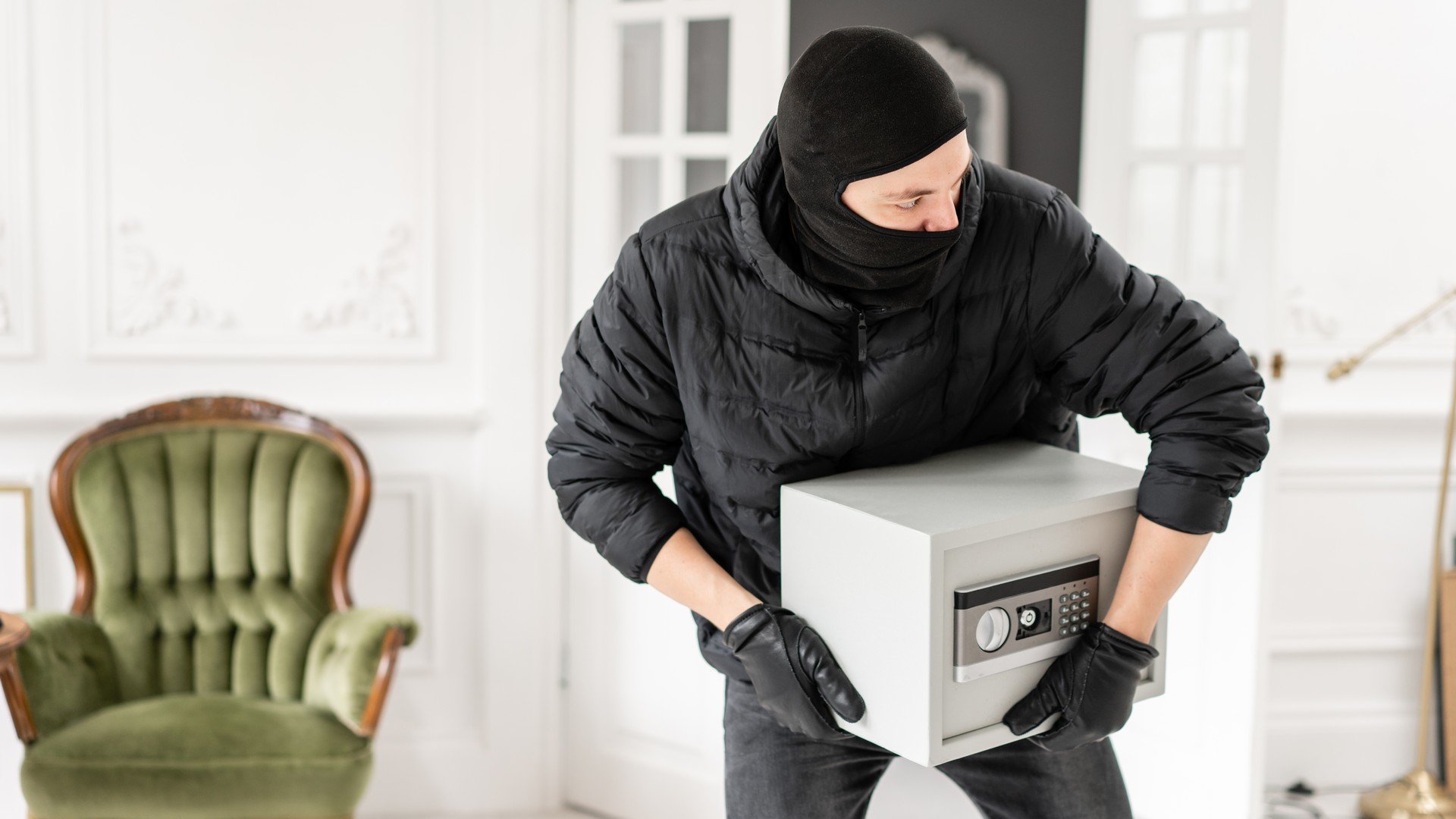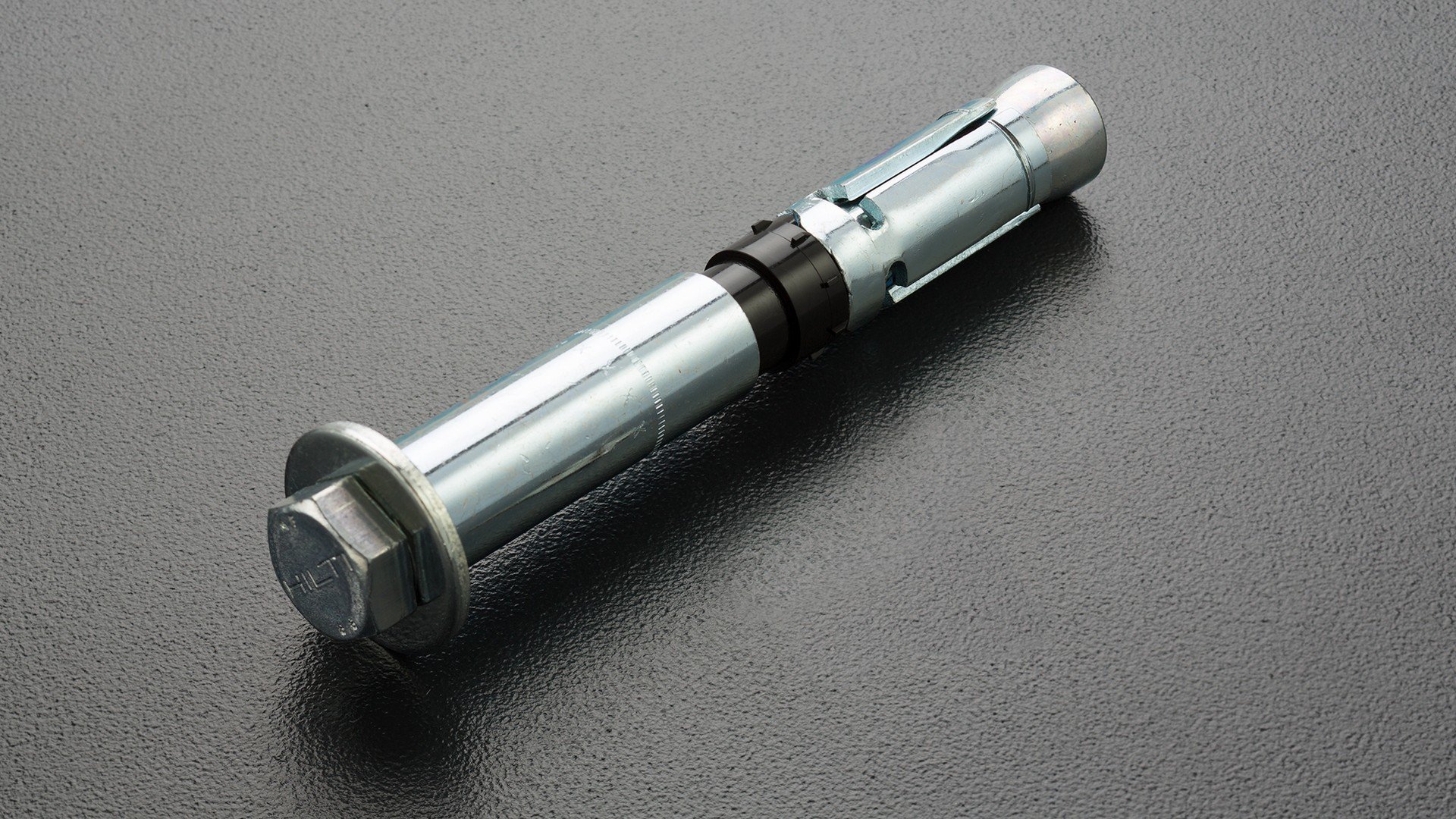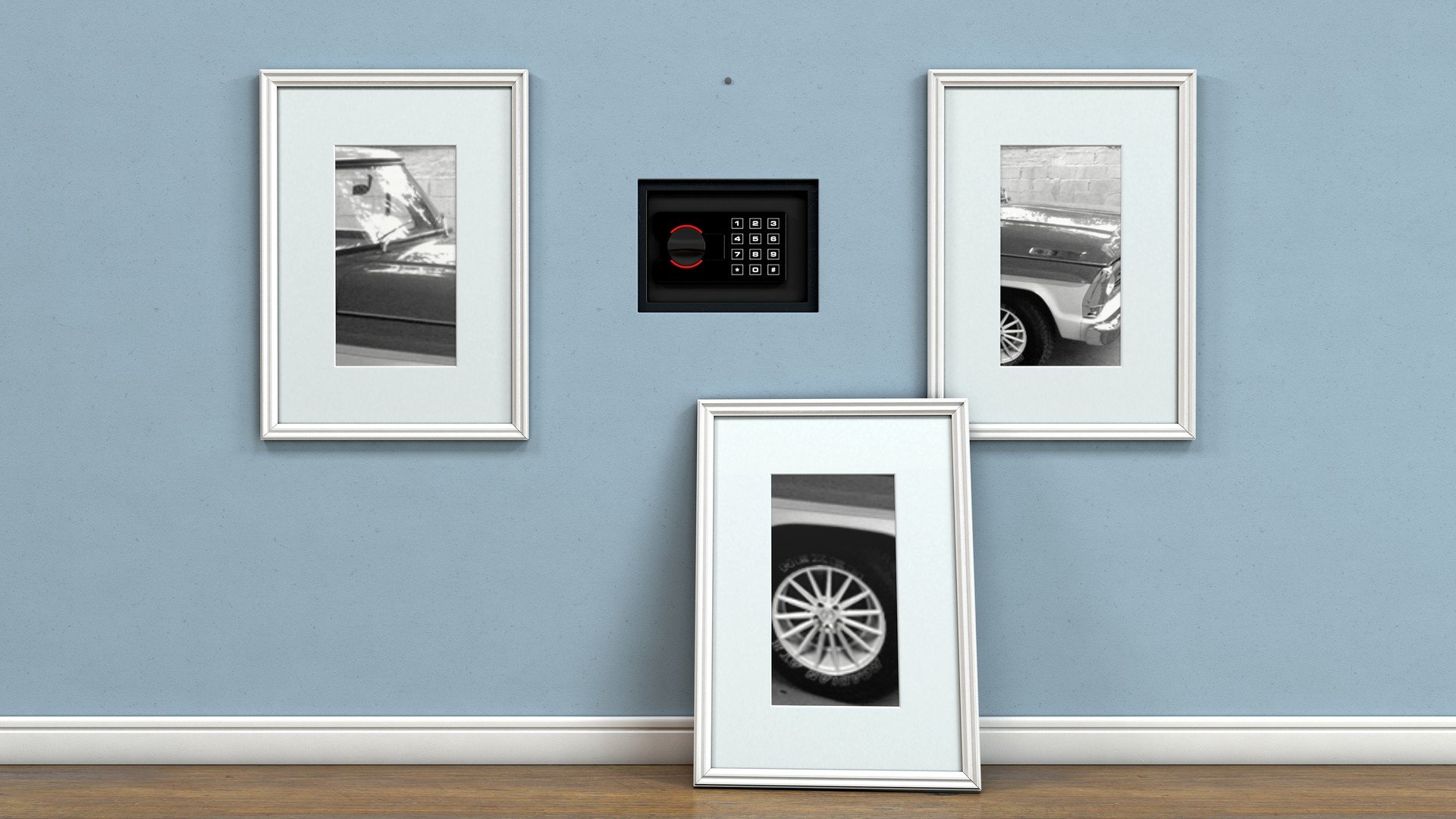
Everybody needs peace of mind that their valuables and important documents are secure and protected from removal or damage. It’s why we invest in safes that range from burglary proof to fire resistant to a combination of both and that are certified and endorsed by independent certification bodies.
Just imagine, then, the super secure, robust, uncrackable, reinforced home vault you have recently invested in, is not ’installed’ properly. Like Carlo Ancelotti, you could possibly become a victim of theft where the thief not only makes off with the contents, but is able to pick up and carry off the entire safe. This robber can then spend as much time as they need to crack it at leisure with a whole set of complex and specialist tools.
As our blog from September 2020 rightly points out, a burglary occurs every 1.5 minutes in Europe and takes on average only 12-13 minutes.
Basically, a safe is buying you time, but what else can you do to prevent theft?
Of course, the key is to make it as difficult as possible to steal your valuables and the best way to do that, is to deploy a whole series of consequential delaying tactics. In so doing, you prolong the theft process and cost the thief precious time, that he or she can ill afford. Any obstacles that prevent easy access to your treasured possessions will extend that critical timeframe and could ultimately lead to the burglar being caught in the act.
Whatever can be done to slow down, hinder or deter a thief will most likely prevent your loss, as they will move to the next, easier and more accessible opportunity instead.
Anchoring does just this. It buys time and prevents the safe with all your valuables in it from being taken. Essentially, it is the best way to ensure would-be burglars do not abscond with your safe and its contents.
The term anchoring is when you rigidly fasten your safe to the floor, wall or both by securing it to a concrete foundation with strong bolts and / or fixings. There are different ways to fix your safe that range from bolts, base plates, cables, concrete, floorboard and even under floor options.
Not only will anchoring prevent theft of the whole safe it will also prevent leverage. When not bolted to the ground, criminals could knock the safe on its side and use the leverage of their body-weight to pry it open. Without leverage, it is virtually impossible to pry open a quality safe door when the safe is upright.
If you want it done correctly and in a way that will prevent theft, engage the services of professionals and have your safe installed and secured by experts.

Anchoring bolts are a great way to secure your safe to the floor or wall
Experienced and skilled technicians know which measures must be taken to place and anchor a safe safely, correctly and in the desired location using the right tools, advising on best practise as to materials, surface, thresholds etc.
Professionals will know to look out for hidden pipes and services in walls and floors and how to overcome the problems associated with anchoring in these circumstances. They will have the H&S knowhow to move a safe, will know about and have all available fixing options, as well as whether to anchor it to the floor or to the wall too.
Employing experts who offer a full installation service and ensure your safe is competently anchored by specialists with years of experience, will foil even the cleverest of thieves.
If we haven’t already convinced you of the benefits of anchoring your safe, did you know that the European standards (EN 1143-1 and EN 14450) actually prescribes that all burglar-resistant safes up to 1000kg must be properly anchored, no matter what? Failing to do so negates certification and therefore it exposes the user to the risk that their insurer may not come through should a burglary occur.
In fact, any safe anchored with a fixing which is not specified by the manufacturer isn’t certified either. Hence,our advice to always have your safe professionally installed if it is not possible to DIY it in the way in which the manufacturer advises. In cases where the use of high tensile expanding concrete anchors cannot be used, a professional security and installation company will be able to advise and liaise with insurers to achieve a mutually acceptable solution; one which satisfies the need to anchor the safe securely and one that is acceptable to the insurer and, in so doing, gives peace of mind.
Anchoring buys time, correct fixing along with the right safe for the job to be done, maximises this time and minimises loss.
Having a safe itself is a great delaying tactic, but what better way to thwart a thief than to hide or disguise your safe and make it difficult to find them in the first place.

Be inventive, but be practical. Research your options. Chat with your professional installers and make sure you have the structure, permissions, support that you need if you are considering burrowing into a wall or going beneath the floor.
Like a lot of solutions, a combination of deterrents is likely to be the most effective way to safeguard your treasures and stall thieves. None of these are replacements for a well anchored safe when it comes to securing your valuables, but in conjunction with high quality safe storage, they are more likely to deter potential break-ins.
Burglars do not want to be seen or disturbed. The more visible and audible the defence the better for you, as it draws attention to them and your property.
Here are just a few suggestions to complement your safe:
4.1. Install a burglar alarm
4.2. Fit external motion sensor lighting
4.3. Set up Internal lighting on timers
4.4. Install CCTV
4.5. Train your dog to guard your house
If you would like help or advice when it comes to anchoring your safe please contact the distributor for your country using the form below:
You are welcome to contact our customer support team.

these stories on Safes & Vaults
Copyright © 2024 Gunnebo Safe Storage AB. All rights reserved.
Comments (3)